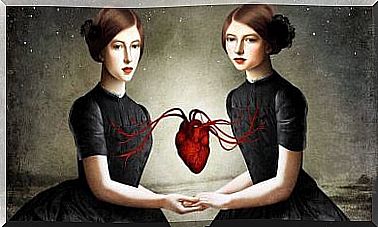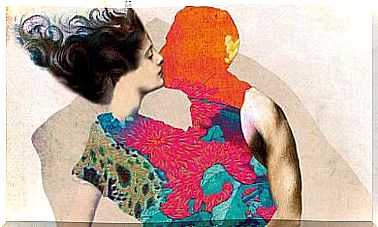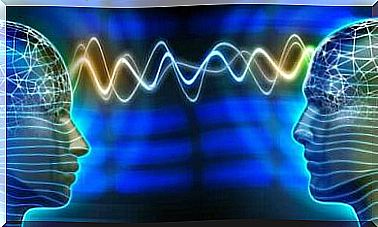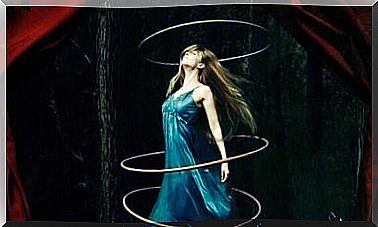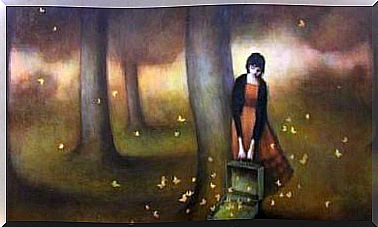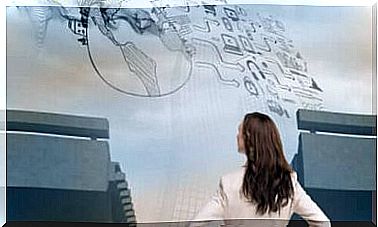The Curious Story Of Padre Pio
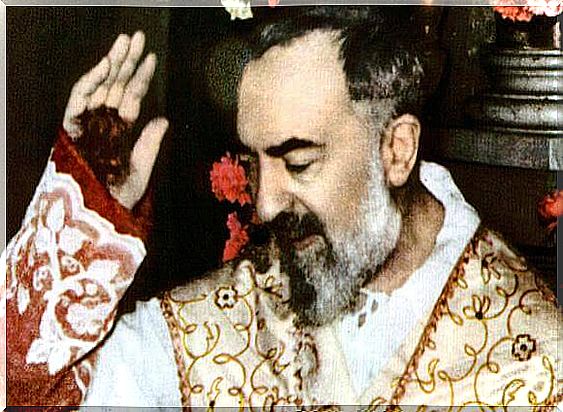
Francesco Forgione, or Pio da Pietrelcina, was born in Pietrelcina in 1887 from a family of humble origins and very devoted to the Catholic religion. Since he was a child, he proved to be a merciful person, who had no problem doing penances in the name of God. His health was very weak, in fact he often got sick. Already as a child he wanted to become a priest, after having met a Capuchin friar of the Convent of Morcone, Fra Camillo, who knocked on his door asking for alms. Francesco’s friends and neighbors said he resented “demonic encounters” and that more than once they had seen him arguing with his shadow.
At 16 he decided to become a friar and was accepted as a novice. His teacher was Father Thomas, a severe man, but with a big and very charitable heart. Life there was hard, Francis had to fast for prolonged periods and this habit changed his character and spirit. The diseases did not diminish and accompanied him until his death. In 1904 he took his first vows and moved to another convent to continue his studies. There, he was the protagonist of his first bilocation, at the birth of his future spiritual daughter.
In 1907 he pronounced his final vows and had to move again, near the sea, a change that did not benefit his health at all, so much so that he was forced to return. In 1910 he settled in Benevento and in 1916 he was sent to the Convent of San Giovanni Rotondo, where he lived until his death in 1968, 50 years after receiving the first stigmata.
The stigmata of Padre Pio
During his life Padre Pio received a total of five stigmata all over his body, which corresponded to the five wounds that were inflicted on Jesus on the cross. They bled for half a century, but despite this, Padre Pio never had problems with anemia. It was also said that Padre Pio had the ability to be in two places at the same time, that he could work miracles and that he had the gift of clairvoyance.
In 1915 he felt severe pain in his feet, hands and right side. Doctors were unable to explain the origin of this pain. Three years later, he let out a cry of agony and fell to the ground, began to bleed and the first stigmata appeared.
After regaining consciousness, he returned to his duties and the doctors began to analyze his case, without however discovering the real causes of what had happened. The regional authorities ordered to photograph him to have proof of what had happened. In these images we see Padre Pio with an expression of great sadness on his face, very pale, looking tired and tormented, but also a little embarrassed for having to pose with bloody hands.
After the initial clamor subsided, Padre Pio returned to his monastery, where very often he felt carried away by a great ecstasy that ended with bleeding, without however damaging his health. From that moment on, his fame reached every corner of Italy. He became a saint. Hundreds of people came from far away to get to know him and to be confessed. Many claimed that Padre Pio knew their sins even before they revealed them to him.
The miracles of Padre Pio
The first miracles were not long in coming. The first was the case of Signora Gemma di Giorgi who was born without pupils. After meeting Padre Pio, he began to see, as if nothing had happened. A doctor who took an interest in his story said that it could be a psychosomatic response to the great faith in Padre Pio, but many disagreed.
Among his strange “powers”, people said that Padre Pio had the ability to be in two different places at the same time. For example, Monsignor Damiani, who had arrived in Italy from Uruguay to see him, expressed the wish that Padre Pio would be present on the day of his death. However, Padre Pio told him that it was not possible because he would die in 1942. That year, Damiani was in his hometown, dying. The Archbishop of Montevideo was awakened by a Capuchin friar and together they went to Monsignor Damiani, who in the meantime had died. In his hands he had a note in which he himself wrote that “Padre Pio came to see me”.
But it didn’t end there, because seven years later the Archbishop went to Italy to meet Padre Pio and, to his surprise, he was received by the same friar who had awakened him that night. The same happened during the war, when the Commanding General was thinking of committing suicide and this character appeared to him and begged him not to. Once convinced, he disappeared as if by magic. The general went to a church where Padre Pio was celebrating mass, waited for it to finish and approached him. Padre Pio told him: “We had a really bad time that night, my friend.”
When Padre Pio died, the Catholic Church indicated three possible causes of the phenomena that saw Padre Pio as the protagonist: diabolical intervention, divine intervention or suggestion of the unconscious. He was canonized by John Paul II in 2002. Believers say he had the gift of extraordinary locutions of hearts (he read conscience), miraculous healing, bilocation (being in two places at the same time), tears (he shed them when he recited the Rosary), the indecipherable perfume (“perfume of holiness”) and, of course, the stigmata (exhibited for 50 years).


